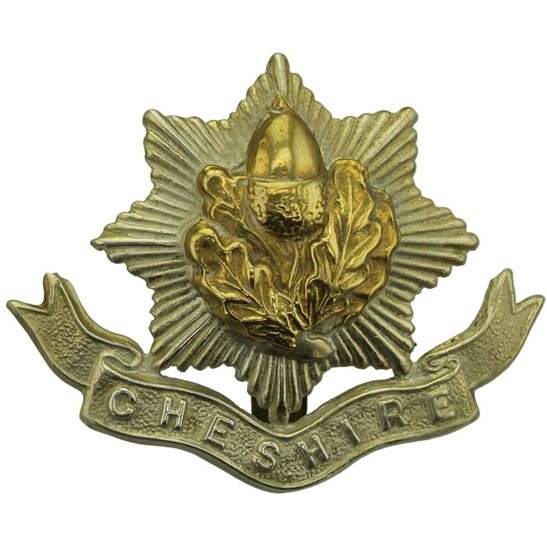Personal Details

Born: 28 March 1887 in Whitchurch, Shropshire and baptised 5 June the same year in St. Alkmund’s parish church.
Family: He was the second of three children born to George Porter, a farmer, and his wife Sarah. He married Frances Annie James on 7 November 1923 at the parish church of Bradbourne, Derbyshire and together they had two children – Olive and Jean.
Residence: In 1891 and 1901 he lived with his parents at Brook Cottage, Bridgewater Street, Whitchurch. In 1911 he lived at the Asylum in Knowle, Solihull, Warwickshire. From 1915 to at least 1939 he lived at 13 Egerton Road, Whitchurch.
Employment: When he enlisted his occupation was master tailor; his marriage certificate showed him as a gas meter inspector.
Died: January 1956 in Whitchurch and buried 28 January of the same year in Whitchurch cemetery.
Military Details
Regiment: Cheshire Regiment
Rank: Lance Corporal
Service Number: 32558
Date of Enlistment: 8 November 1915
Date of Discharge: 10 October 1916
Reason for Discharge: No longer physically fit for war service
George was awarded the Campaign Medals (British War Medal and Victory Medal) and the Silver War Badge (142397).

The British War Medal (also known as 'Squeak') was a silver or bronze medal awarded to officers and men of the British and Imperial Forces who either entered a theatre of war or entered service overseas between 5th August 1914 and 11th November 1918 inclusive. This was later extended to services in Russia, Siberia and some other areas in 1919 and 1920. Approximately 6.5 million British War Medals were issued. Approximately 6.4 million of these were the silver versions of this medal. Around 110,000 of a bronze version were issued mainly to Chinese, Maltese and Indian Labour Corps. The front (obv or obverse) of the medal depicts the head of George V. The recipient's service number, rank, name and unit was impressed on the rim.
The Allied Victory Medal (also known as 'Wilfred') was issued by each of the allies. It was decided that each of the allies should each issue their own bronze victory medal with a similar design, similar equivalent wording and identical ribbon. The British medal was designed by W. McMillan. The front depicts a winged classical figure representing victory. Approximately 5.7 million victory medals were issued. Interestingly, eligibility for this medal was more restrictive and not everyone who received the British War Medal ('Squeak') also received the Victory Medal ('Wilfred'). However, in general, all recipients of 'Wilfred' also received 'Squeak' and all recipients of The 1914 Star or The 1914/1915 Star (also known as 'Pip') also received both 'Squeak' and 'Wilfred'. The recipient's service number, rank, name and unit was impressed on the rim.

The Silver War Badge was issued in the United Kingdom and the British Empire to service personnel who had been honourably discharged due to wounds or sickness from military service in World War I. The badge, sometimes known as the "Discharge Badge", the "Wound Badge" or "Services Rendered Badge", was first issued in September 1916, along with an official certificate of entitlement.

